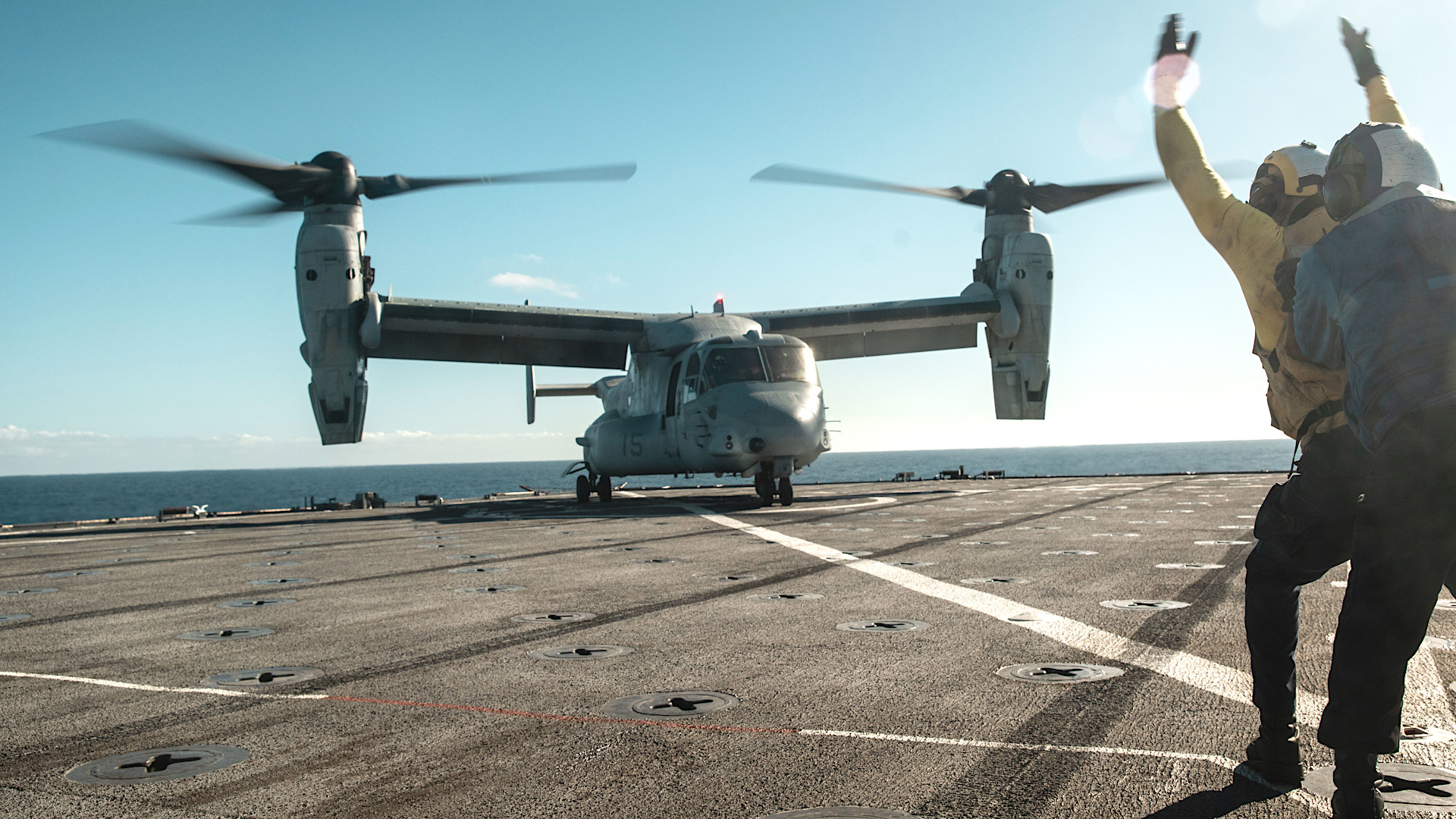V-22 Osprey tilt-rotors across the U.S. Marine Corps, Air Force, and Navy are finally cleared for flying operations again more than three months after a fatal crash off the coast of Japan led to all of the aircraft being grounded. However, the investigation into the cause of that crash is still ongoing and it will take the services time to fully reconstitute regular flight operations — with some restrictions.
The U.S. Navy’s Naval Air Systems Command (NAVAIR), which oversees the V-22 Joint Program Office (JPO), announced today that it has deemed the Osprey safe to fly. An internal Department of Defense Safety Investigation Board (SIB) investigation into the November 29, 2023, crash involving an Air Force CV-22B Osprey off Japan’s Yakushima Island has concluded, but the results will not be made public. A separate Accident Investigation Board (AIB) investigation, which the Air Force is leading, is ongoing, and when it concludes an unclassified copy of the report is expected to be publicly released.
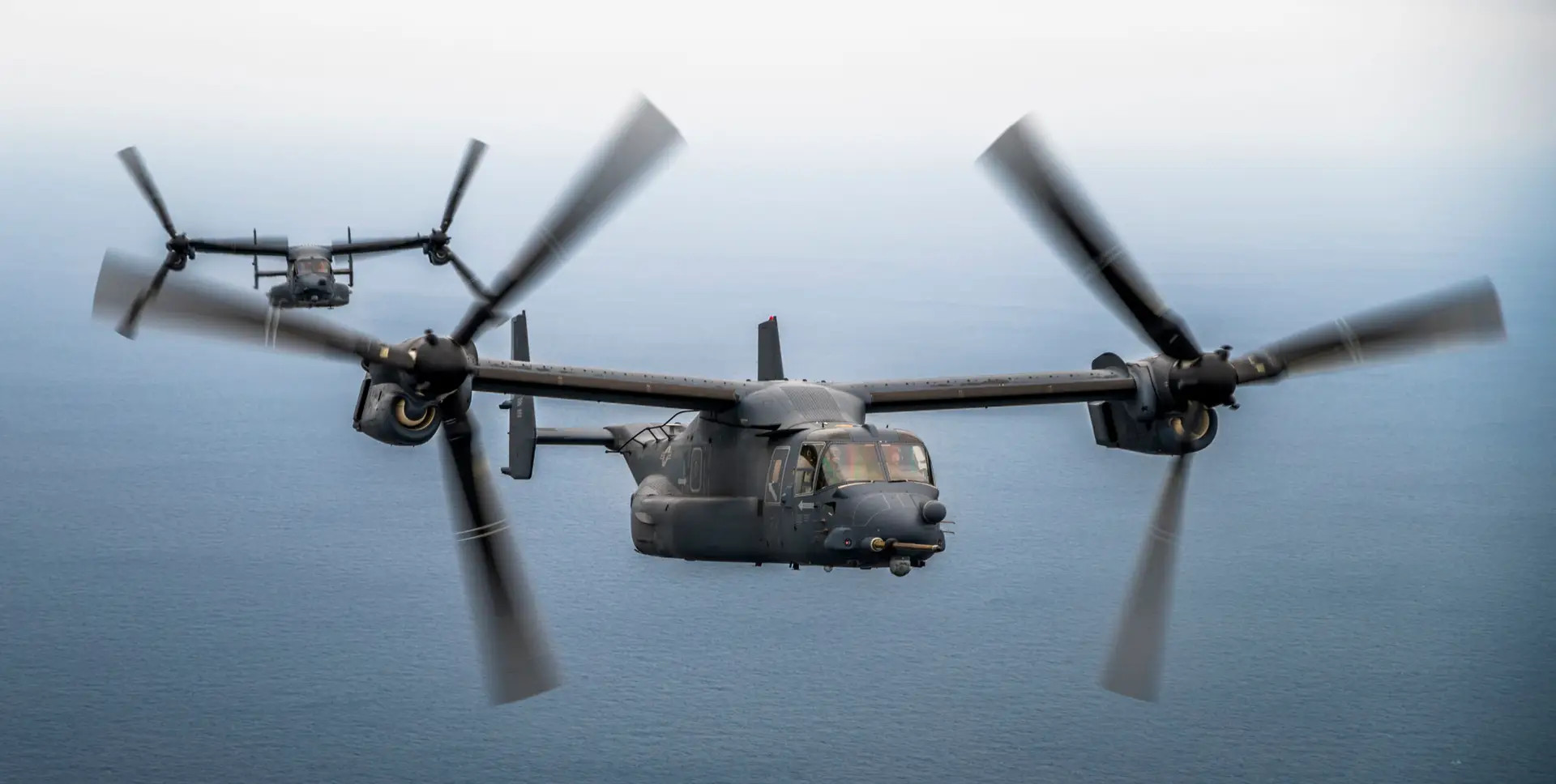
Since the Osprey first flew in 1989, more than 400 V-22 variants have been delivered to the Marines, Air Force, and Navy, as well as the Japan Self-Defense Forces (JSDF), the latter being the only non-U.S. operator of the type. The Marine Corps is by far the largest operator, with some 348 MV-22Bs spread across 17 squadrons.
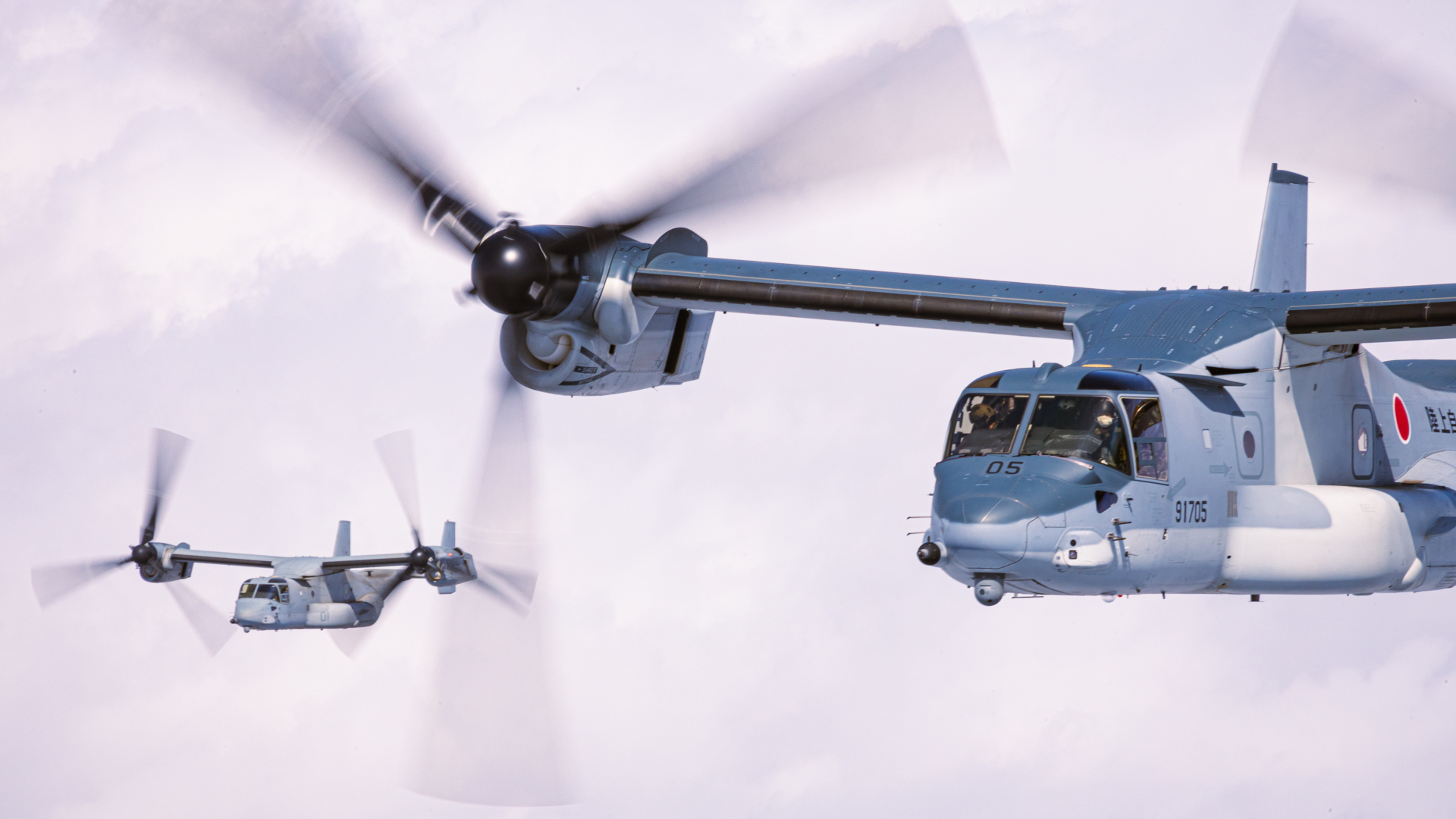
To date, U.S. officials say they know what failed on the CV-22B that crashed last year, killing all eight individuals onboard, but not why it failed. NAVAIR has directed all operators across the U.S. military to implement various additional safety measures and increased maintenance checks, details about which have not been released due to operational security concerns, as part of lifting the grounding order. The Marines disclosed in a press release today that a number of its MV-22Bs assigned to an Africa-focused crisis response task force have already been flying since January “under a very specific operationally necessary banner.”
“The Marine Corps has confidence in the Osprey and we are laser focused on the safety and mission readiness of our pilots and aircrew,” U.S. Marine Corps Lt. Gen. Bradford J. Gering, deputy commandant for Marine Corps Aviation, said in a statement today. “We have worked extensively on plans and timelines that support a deliberate, methodical, and safe return to flight. We are flying the Osprey again because our airworthiness authority cleared it for flight, because we trust our well-established operational risk management procedures, and most of all because we trust our professional pilots, aircrew and maintainers to safely get this combat-proven aircraft back into the fight.”
Another Osprey crash, involving a Marine MV-22B that went down off the coast of Australia in August 2023, also remains under investigation. However, there are no indications so far of any links between the circumstances of that incident and the one that occurred off Japan’s coast some three months later.
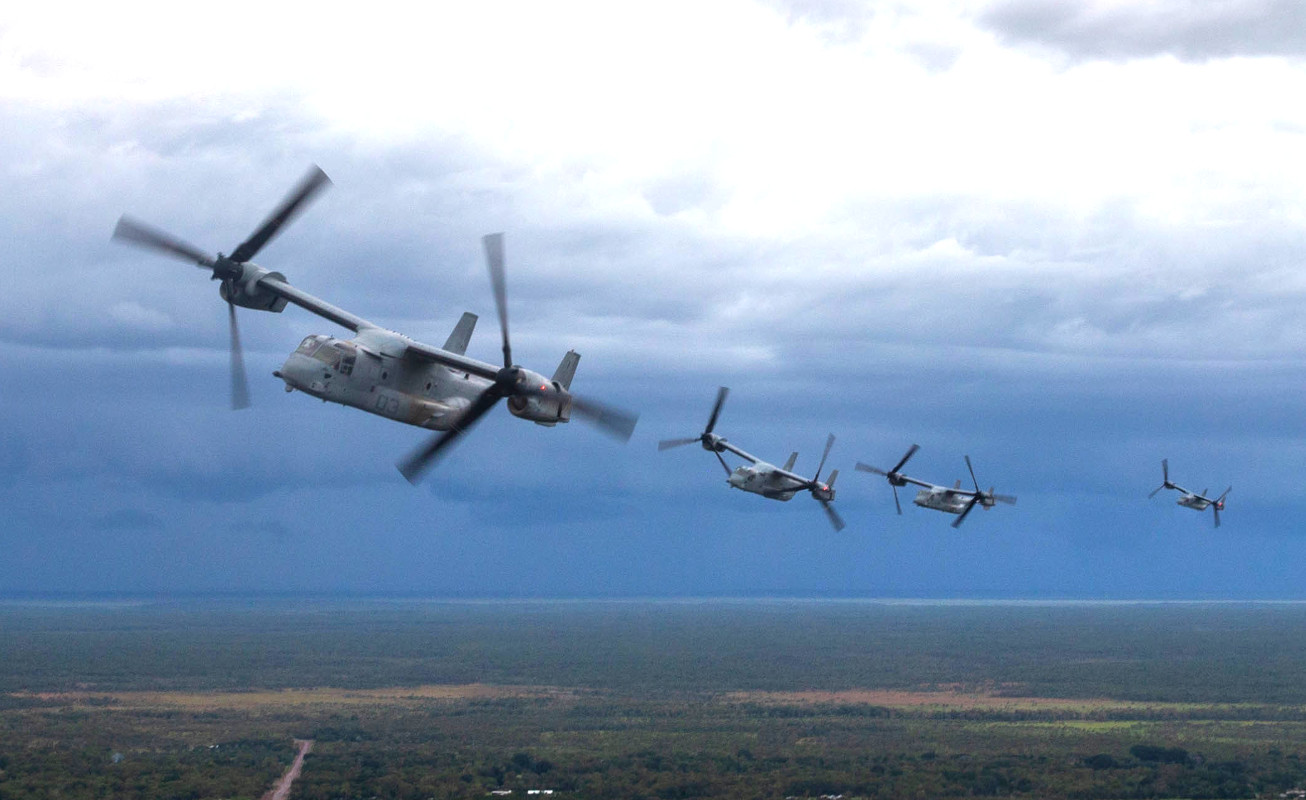
It is not immediately clear if the JSDF, which grounded its MV-22Bs first after the November crash, will now resume flying those aircraft in line with the U.S. military’s decision and/or if Japanese authorities may place additional restrictions on U.S. Osprey operations in their country’s airspace. American military officials have been regularly engaging with their counterparts in Japan on matters related to the V-22.
As noted, U.S. military officials say they have determined what they call a “materiel failure” that led to the CV-22B crash last November, but have not yet been able to determine why that component failed. The exact parts that failed are unknown, but from statements that have been provided so far, they are elements of the proprotor gearboxes on the aircraft. This is a part of the Osprey’s design that has proven to be problematic in various ways over the years.
“We have high confidence that we understand what component failed and how it failed. …what we’re still working on is the why,” Marine Corps Colonel Brian Taylor, the V-22 JPO program manager at NAVAIR, said at a media roundtable that The War Zone and other outlets attended earlier this week. “We understand generally the mechanics of what played out.”
At the same time, Taylor explained that “this is the first time that we’ve seen this particular component fail in this way” and described what is currently known to have happened in the November crash as “unprecedented.”
At another roundtable earlier in the week that The War Zone, among others, also attended, Air Force Lt. Gen. Tony D. Bauernfeind, head of Air Force Special Operations Command (AFSOC) described the “materiel failure” that caused the crash off Japan last year as “catastrophic.”
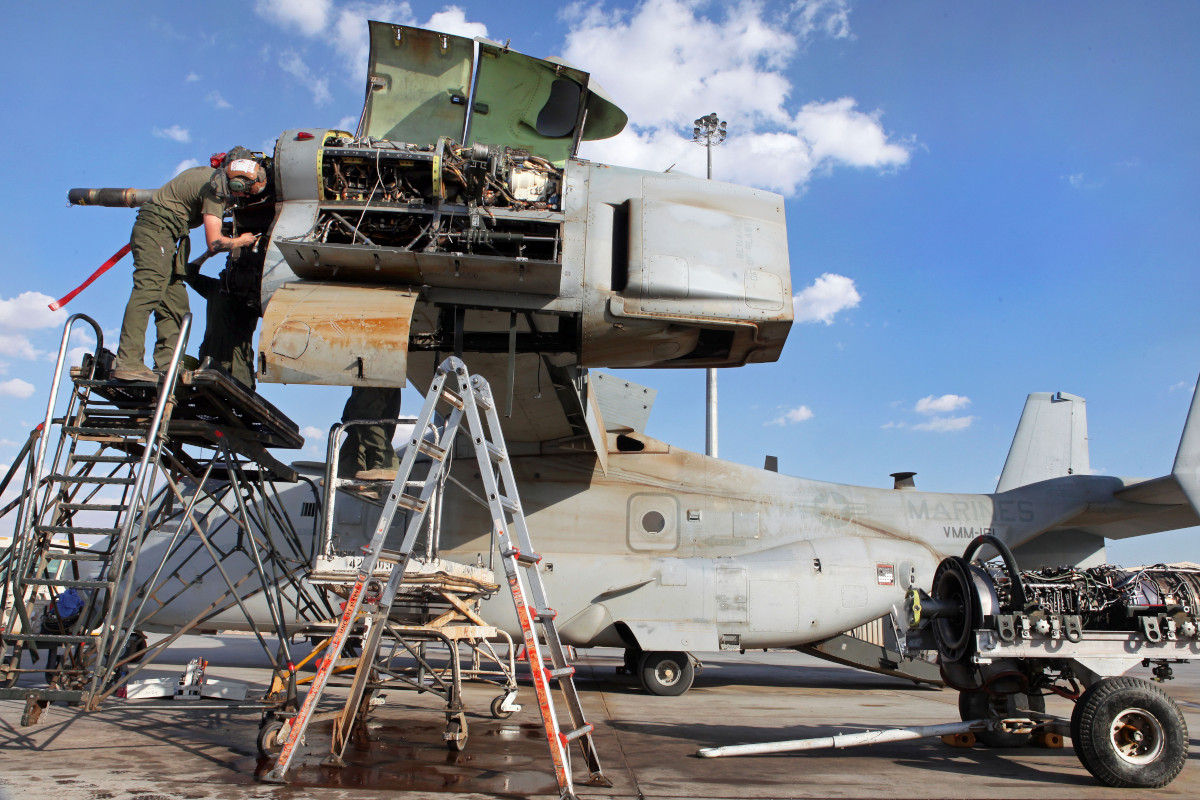
A “complicating factor was the fact that this aircraft crashed in the ocean. And so there was a pretty significant diving and recovery effort to recover the aircraft,” NAVAIR’s Taylor noted. “So that took about 30 days to recover the wreckage.”
Taylor, speaking generally, noted that a wreck being underwater for so long can cause serious corrosion that can further impede an investigation.
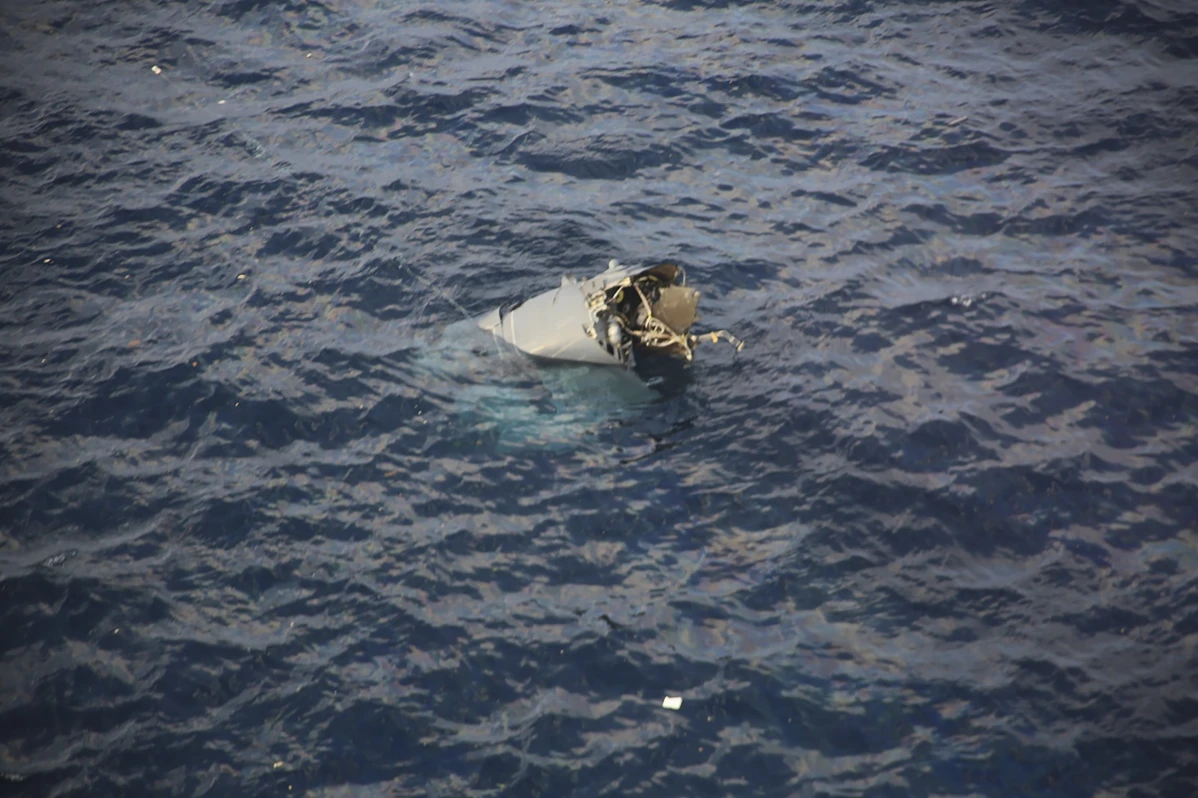
This being said, NAVAIR’s assessment that a “potential materiel failure” was the cause of the November 29 crash was what led to the grounding on December 6. This indicates that additional sources of information were already available before the wreckage was recovered.
Taylor said that data collected in the course of the various investigations into the November 29 crash, coupled with data from approximately 750,000 flight hours that V-22 variants have flown in U.S. military service in the past two decades, were used to craft the mitigating steps. Extensive simulation and modeling work has also been done. New, but undisclosed changes to standards and procedures for operating the aircraft and responding to certain emergency situations, as well as how often certain maintenance procedures are performed, have been implemented as a result. There will be no hardware changes to the aircraft.
Taylor said all of this was primarily focused on putting “an extra … perimeter of safety around” the worrisome component. He added that data will continue to be collected during Osprey’s return to flight operations to help NAVAIR refine the mitigating steps and take any necessary further actions.
The lifting of the grounding order and the implementation of these mitigation actions does not mean that the Marines, Air Force, and Navy will instantaneously go back to flying Ospreys regularly in training or operationally. The aircraft have maintained to a certain degree over the past three months or so, but will still need to be checked out by maintenance personnel. Pilots, who have been able to conduct some level of simulator training since the grounding, at best, will need to take the required steps to regain their required flight currency. Each service has developed its own specific plans for doing this.
“The Marine Corps’ three-phased approach begins with a focus on regaining basic flight currency, rebuilding units instructor cadres, and achieving proficiency in Core and Basic skill training for pilots and aircrew,” according to the Marine Corps’ press release today. After that, squadrons will follow well-established training and readiness manuals to gain proficiency in basic and advanced mission sets, demonstrating their ability to conduct the core missions of an MV-22 Squadron.”
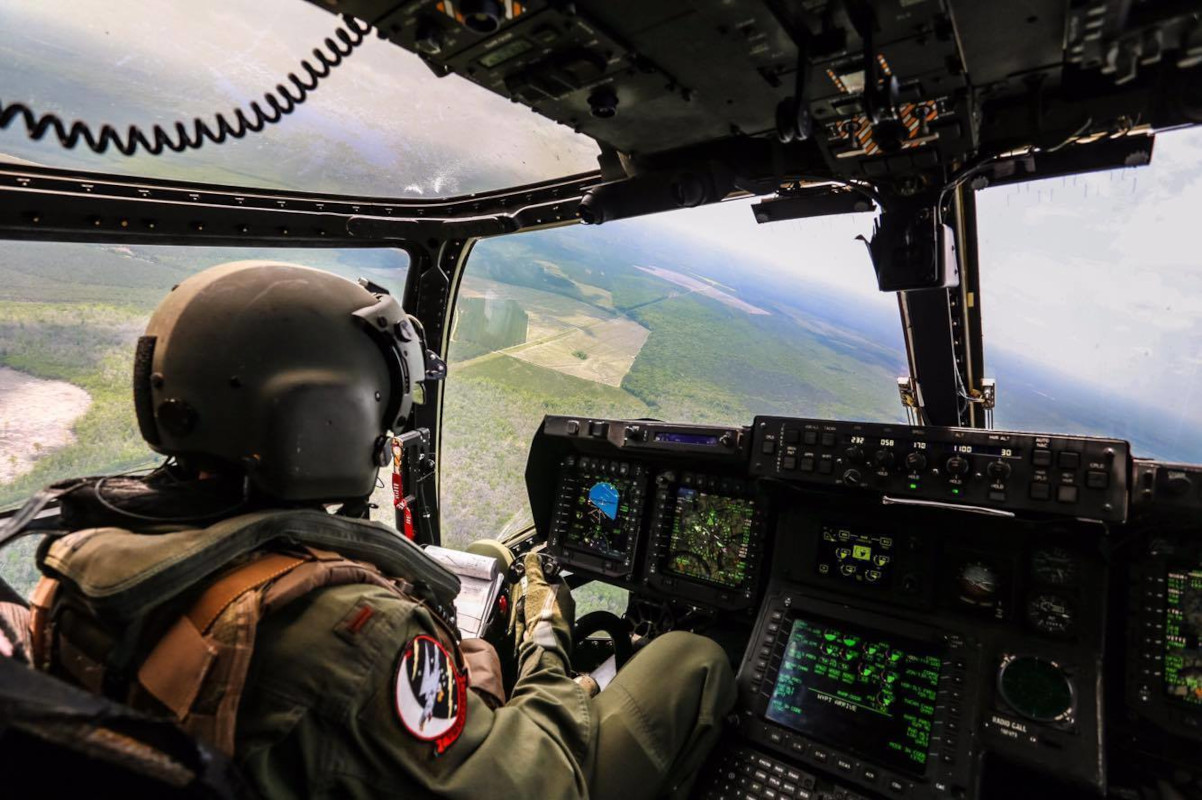
“Finally, squadrons will conduct specific pre-deployment training for their next assigned mission, executing the advanced, all-weather tactics that distinguish our MV-22 squadrons among other aviation capabilities and units,” the release added. “The second and third phases of this plan will vary in length, and some units will extend into the late Spring or early Summer of 2024 before they return to operational capability.”
The Air Force is implementing a similar strategy.
“Phase one of AFSOC’s return to fly plan includes ground and simulator training integrating planned flight controls, safety briefings, a review of maintenance records and refining by-squadron training plans to implement the new safety protocols,” according to a press release from the command today. “Phase two is a multi-month program for aircrew and maintainers. Aircrew will focus on regaining basic mission currency and proficiency then expansion to full mission currency and proficiency.”
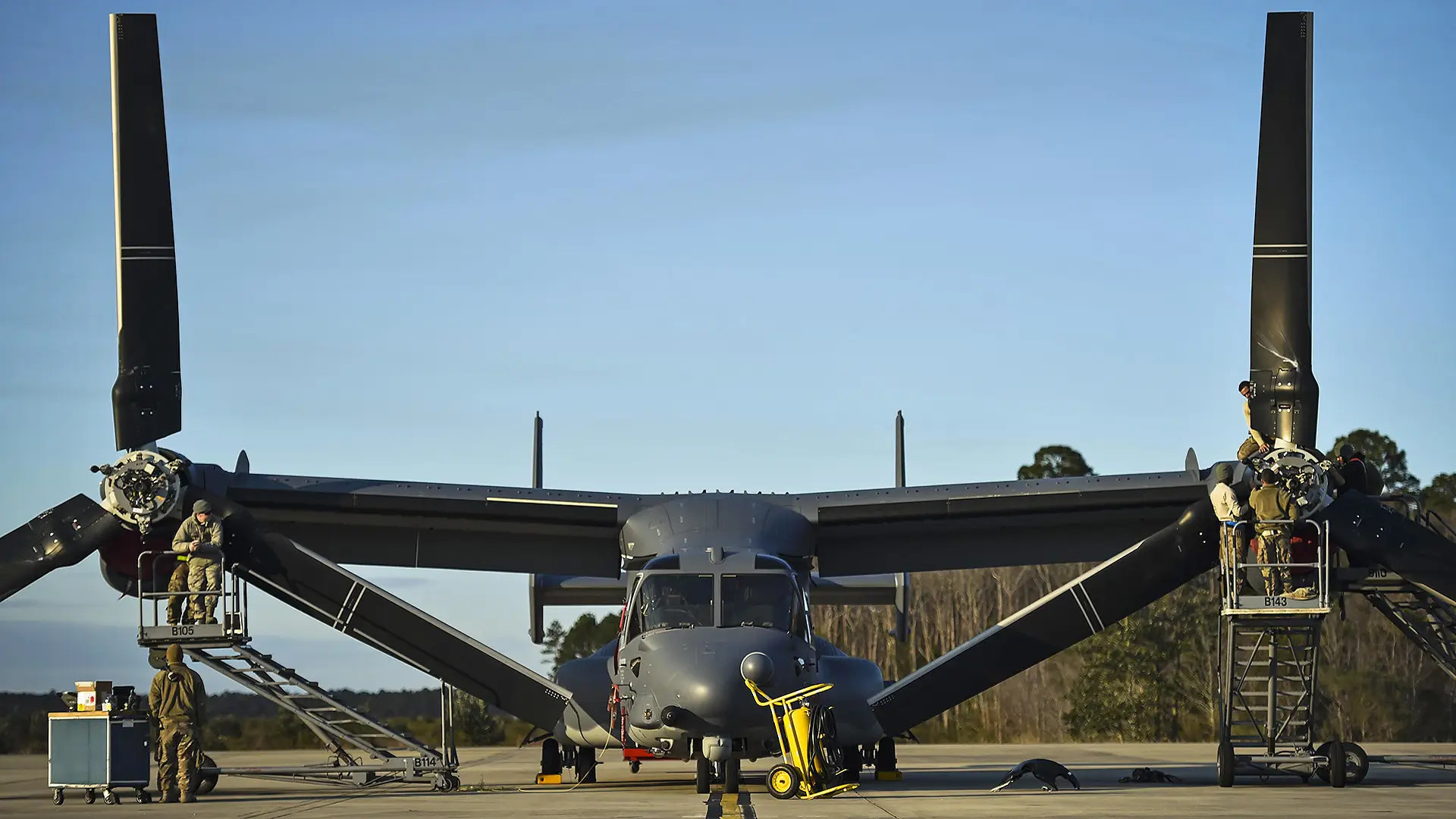
“While maintainers have remained engaged conducting maintenance necessary to sustain the CV-22 during the standdown, they will receive training in line with the maintenance protocols directed by the NAVAIR return to fly bulletin,” according to AFSOC. “Each squadron will progress through this phase at different speeds based on a variety of factors including maintenance requirements for aircraft, experience level of personnel in the squadron and weather impact to flight schedules.”
Lastly, “phase three will include resumption of full mission profiles, multi-lateral exercises and operational taskings and deployments.”
At the roundtable earlier this week, AFSOC’s Lt. Gen. Tony D. Bauernfeind said that it could take up to three months for the CV-22B community to get back to where it was prior to the November crash.
The Navy is also taking a phased approach to returning its CMV-22Bs to flight. All of this means that it will take weeks, at best, for Ospreys to begin fulfilling their regular duties. The grounding of these aircraft over the past three months has already had significant operational impacts, especially for the Marines and the Navy.

Marine CH-53 series and UH-1Y Venom helicopters, as well as helicopters from the Army and the Navy, have had to help fill the resulting gap. This has included supporting White House-tasked airlift missions typically performed by Marine MV-22Bs assigned to Marine Helicopter Squadron One (HMX-1), as you can read more about here.
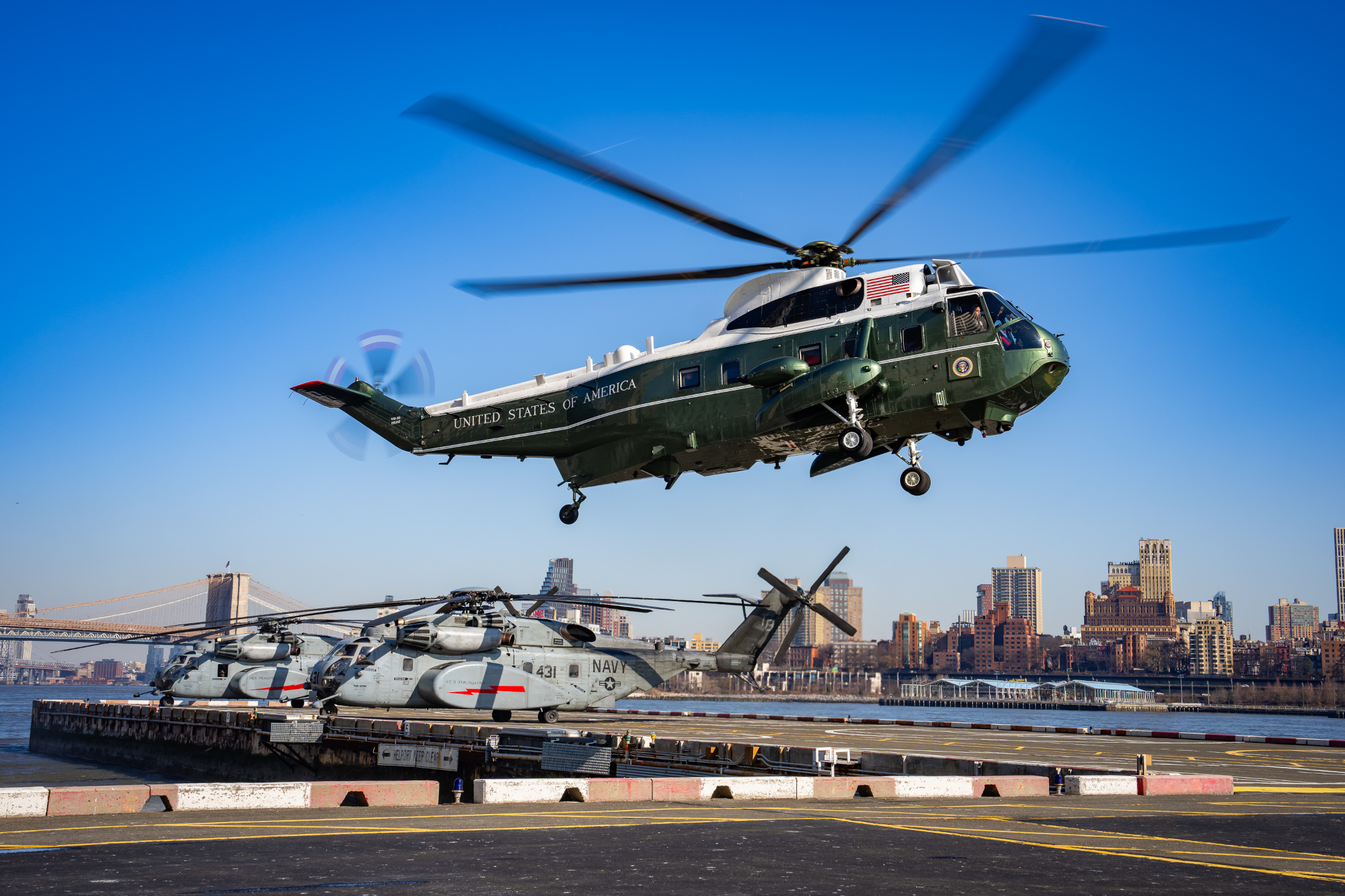
On the Navy side, the service has had surge deployments of older C-2A Greyhound Carrier Onboard Delivery (COD) aircraft to help provide critical support to aircraft carrier strike groups in the absence of the service’s new CMV-22Bs.
Still, questions about the root causes of the November CV-22 crash clearly remain, as well as about what steps have been taken to ensure the Ospreys are safe to fly. The Osprey has a checkered history marked by numerous fatal crashes since its first flight in 1989, though U.S. military officials regularly point to a broadly improving track record in the past few decades.
There has already been at least one very pointed piece of criticism of the decision to get the Ospreys back to the air from Representative James Comer, a Kentucky Republican who is chairman of the House Committee on Oversight and Accountability.
“DoD is lifting the Osprey grounding order despite not providing the Oversight Committee and the American people answers about the safety of this aircraft,” he wrote in a statement his office released on March 6. “Serious concerns remain such as accountability measures put in place to prevent crashes, a general lack of transparency, how maintenance and operational upkeep is priorities, and how DoD assess risks.”
Altogether, how long it with actually take the Osprey communities across the U.S. military to get back to routine flying, and how the various mitigating actions will impact operations, remain to be seen. The lack of clarity regarding exactly what component is thought to be the culprit is also somewhat puzzling. Regardless, the services can now get their respective plans into action now that the grounding order has been lifted.
Contact the author: joe@twz.com
